Human evolution is an ongoing process. From antiquity to the present, human society has evolved with many civilizations, many changes, and many historical events. But how do we know today that thousands of years ago it was a civilization? And some people witnessed these events. The most important sources for knowing the past are two - literature and archeology. Today we are exploring the remarkable archeological finds in the world.
On the one hand, literature studies various written documents on the evidence that human civilization existed there. On the other hand, archeology puts its expertise in finding the remains of earlier civilizations.
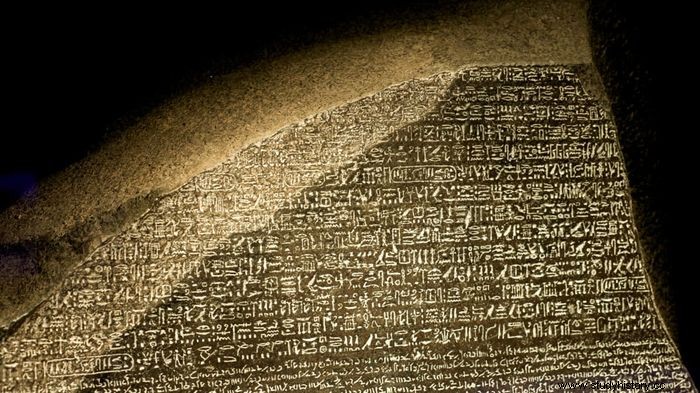
What is archeology?
Archeology refers to the thorough study of the ancient and modern human past by finding and examining material remains in archaeological finds. For example, the field of study of archeology may include the first human ancestors on the African continent or a very recent event of historical significance.
The word archeology is derived from the Greek word 'arkhaios', meaning 'ancient'; hence the term 'arkhaiologia' coin, which means 'ancient history'. Finally, modern Latin has modified the term 'archeology', from which the word 'archeology' is derived. Archeology studies human history by analyzing the physical remains of the past with a comprehensive understanding of human culture.
Over the years of archeological studies, equipped with technological advances, it has successfully found much historical evidence of the past. Some of the archaeological finds have shaken the world, while some have changed the perspective of past events completely.
Archeology aims to explore and understand the changing patterns of human behavior over time. Expert archaeologists look for patterns in changes in the development of various cultural events. These may include the formation and development of cities and civilization, the development of agriculture or any collapse of major civilizations. Archaeologists are looking for clues as to why these important events occurred.
The following are some of the most remarkable archeological finds that led the whole world to an immersive experience.
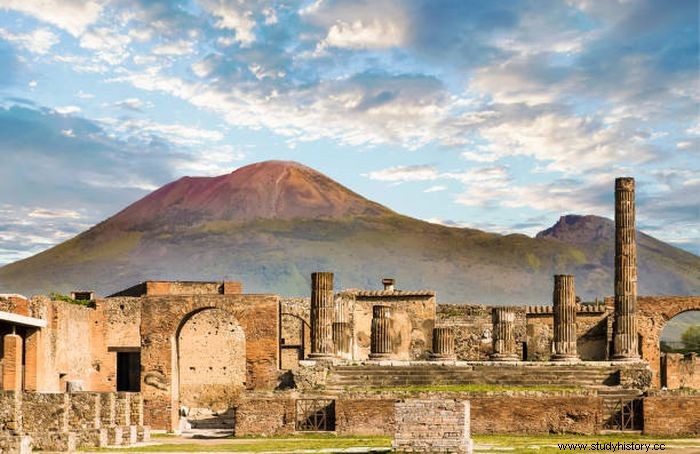
Pompeii
A significant archaeological find of the entire history can be dated back to 79 AD. Pompeii. It left everyone in the city dead under a cloud of volcanic gases and debris and a layer of pumice and ash at a depth of about 6-7 meters.
The buried city of Pompeii remained undiscovered for a long time, and it was in the late 16th century when an architect named Dominico Fontana had found some traces of the walls of the Roman city. Eventually, however, archeological finds of Herculaneum were found in the 18th century near Pompeii and met the same mortality. Shortly after this discovery, the city of Pompeii was excavated by itself. It has remained a rich, informative archeological site since then, as well as a hotspot for tourism.
Terracotta Warriors
The terracotta warriors were found in China and are one of the most significant archaeological explorations in the world. The fascinating clay sculpture of 8,000 soldiers, 130 chariots and 530 horses buried with the body of the first Chinese emperor, Qin Shi Huang, to protect him.
The terracotta army is located less than a kilometer underground at the pyramid-shaped mausoleum of the emperor in the city of Xi'an in the Shaanxi province of China, and was excavated in 1974. It stands as one of the most enormous tombs in the history of archeology, and many believe that the tomb is a copy of the city of Xi'an. However, researchers have not been able to enter the tomb due to health concerns. The description on the tomb says that faux rivers and streams once ran poisonous mercury. The Terracotta Army is a rich archaeological site, and for people who want to do a comprehensive study of the subject, it is the best place to come.
Rosetta Stone
Rosetta Stone often associates with the great emperor, Napoleon Bonaparte. The British Museum claims that the emperor's soldiers accidentally found the Rosetta Stone while working on a fort in the Nile Delta.
The object contains an inscription from the time of Ptolemaic King Ptolemy V, and it is in three languages - Ancient Egyptian hieroglyphs, demotic writing and ancient Greek. Thus, it became the first archaeological site with an ancient Egyptian bilingual text. Egyptologist Jean-François Champollion interpreted the message on the Rosetta Stone in 1822, which opened the doors for transcription of other texts.
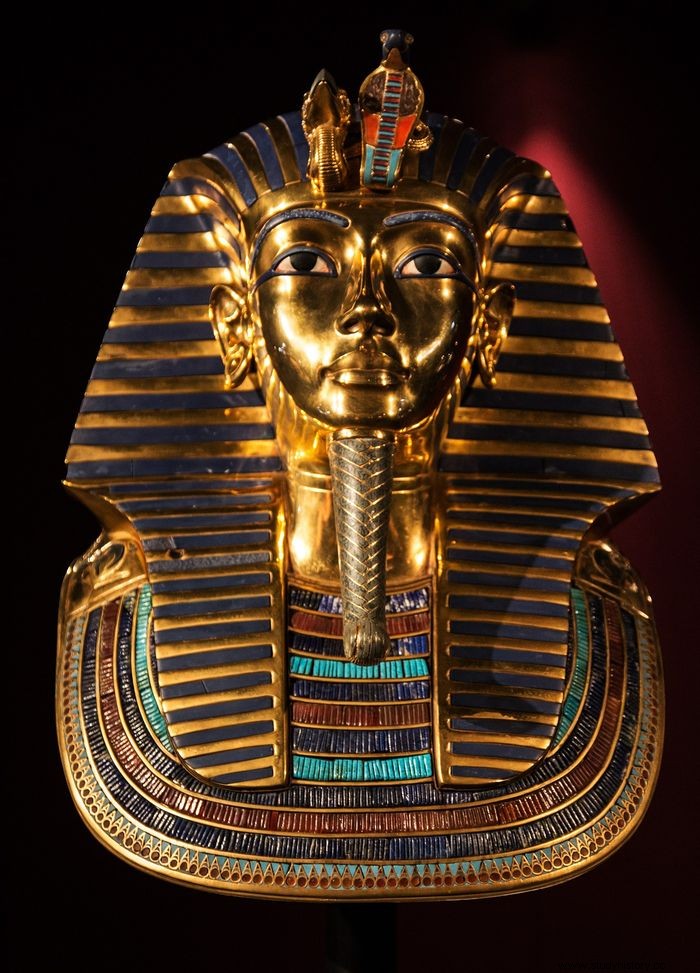
Tutankhamun's tomb
Tomb of King Tut or Tutankhamun was discovered by a team of expert archaeologists led by British Egyptologist Howard Carter in 1922, and is one of history's most mysterious archaeological finds. Furthermore, it is one of the great proofs to know about the royal and lavish lifestyle of the ancient Egyptian kings.
King Tutankhamun came to power in 1332 BC. and died just after nine years. According to archaeologists, King Tut met an unexpected death, buried in a hurry. As a result, the color of the tomb walls was not dry when the tomb was sealed. However, the tomb was a symbol of sophistication and contained around 2,000 valuable antiques. King Tut's tomb witnesses a large stream of archaeologists despite the myths circulating the tomb.
Olduvai -juvet
If an archaeological site has provided complete information about the earliest human ancestors and their evolution, Olduvai Gorge in Tanzania is solely responsible. There is a steep gorge in the Great Rift Valley in Tanzania, and the fossil remains on it show the existence of a human species 1.9 million years old.
The husband-duo, paleo-anthropologists Louis and Mary Leakey- discovered this archeological site in the 1930s. Later, in 1959, Mary Leakey uncovered parts of a skull and upper teeth that belonged to an early human ancestor, who lived about 1.75 million years ago.
Olduvai Gorge is still one of the most important archeological sites for academic purposes. It provided complete information about human evolution and confirmed the existence of the first human ancestor in Africa.
The Dead Sea Scrolls
The Dead Sea Scrolls refer to a collection of 800-page manuscripts found by a young shepherd named Muhammed Edh-Dhib in the 11 caves near the Dead Sea. The shepherd searches for his orphaned goat near an ancient site called Khirbet Qumran located on the West Bank of the Dead Sea and accidentally finds the manuscript in a ceramic jar.
Some copies are located in Jerusalem, and some are located in the Israel Museum for public display. There are different copies of 250 Deuteronomy, 68 Deuteronomy, Isaiah, Kings and XNUMX. Exodus in the scroll. In addition, some of the copies contain hymns, calendars, and hymns, while specific works depict the earliest known copies of the Hebrew Bible. According to archaeological finds, the scrolls belong to the period between XNUMX BC. and XNUMX AD
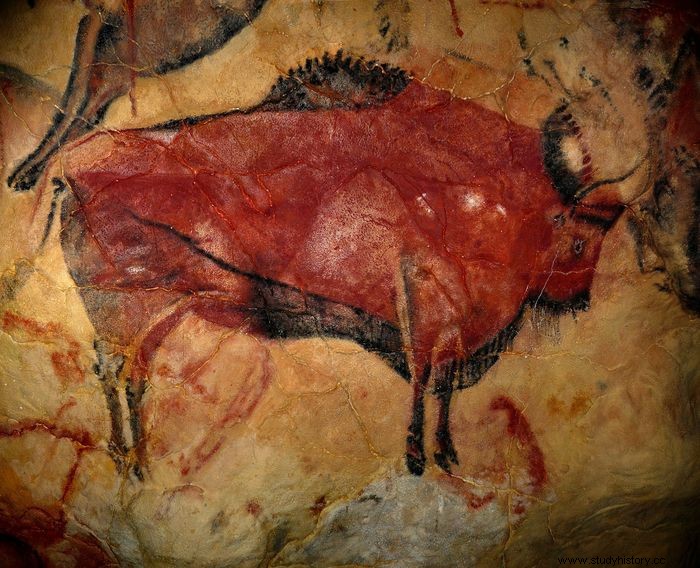
Altamirahulen
The Spanish archeological site, Cave of Altamira, has evidence of prehistoric times. The cave walls have paintings from prehistoric times, and these paintings are of coal and natural earth pigments. These drawings are called Paleolithic drawings, and they depict horses, deer, bison and aurochs, an extinct cattle. There are also some contours of human hands.
The cave was discovered in 1879 by an archaeologist-father-daughter duo. Around the age of the works of art, it is believed that they are around 18,000 years old. However, some find traces of it being around 35,000 years old.
The Tomb of Richard III
Finding the tomb of Richard III is an important discovery for archaeologists around the world. King Richard III was the last Plantagenet king of England, and he died in a battle in 1485. But instead of a great burial, the king's body was buried in the Church of the Gray Friars of Leicester.
This finding in 2012 is crucial because archaeologists had researched the king's tomb until that year, and it remained a mystery for years. In the end, however, archaeological finds by a few archaeologists from the University of Leicester show the historical record. Most recently, in 2015, King Richard III was reburied in a marble tomb.
Machu Picchu
One of the most famous archeological sites and a tourist destination, Machu Picchu in Peru, is the royal mirror of the Inca Empire. It is an Inca Royal Estate from the 15th century that exists at a much higher altitude.
The remarkable archeological site discovered in modern times by Hiram Bingham III. Hiram was a professor at Yale University, and he rediscovered the site in 1911. One of the most beautiful historic sites globally, the Inca Royal Estate covers about 326 square kilometers. The whole place has walls, houses, terraces and many temples. Machu Picchu is a historically important site from the time of the Inca ruler Pachacuti Inca Yupanqui.
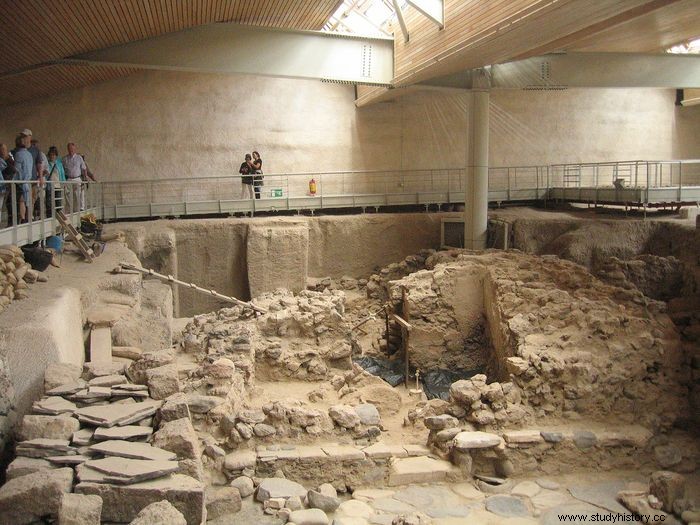
Akrotiri, Thera
In ancient times, volcanic eruptions were more frequent and devastating. The lava has destroyed many cities, and there have been many changes in the geographical prospect. Very similar to the Roman city of Pompeii, Akrotiri was a city on the island of Thera in Greece. It had rock and ash deposits from the eruption of the Thera volcano. What sets it apart, however, is that no traces of human bodies have been found in Akrotiri. Archaeologists believe that there may be some predictive thoughts about the eruption that will cause the people to evacuate the city.
The first discovery and excavation of archeological finds Akrotiri city took place in 1867. However, mass excavation took place in 1967 under the Greek archaeologist Spyridon Marinatos. The team found sophisticated private homes, paved streets, indoor toilets and richly painted frescoes.
Sutton Hoo
Sutton Hoo is a famous discovery in the history of England. The discovery leads to the ancient Anglo-Saxon period. It was first found in 1939 in Suffolk, England. A lady named Edith Pretty, the owner of Sutton Hoo Estate, found a burial mound on her property. Later, a proper investigation reveals the remains of a 27-meter-long ship from the Anglo-Saxon period, together with a skeleton of an Anglo-Saxon leader. The ship was loaded with treasures along with an iron helmet, silver and gold jewelry. The archaeological finds provide a lot of information about medieval England. Most of the artifacts found are on display at the British Museum.
Staffordshire Hoard
Another huge and dramatic archaeological discovery in England is the Staffordshire Hoard. Like Sutton Hoo, it also leads us to the Anglo-Saxon period. In 2009, Terry Herbert used a metal detector on the crops in rural England when the largest hoarding in the Anglo-Saxon period was uncovered. The treasure includes more than 3,500 items made of gold, silver and other metals. Archaeologists believe that most jewelery is for warfare and not for the typical metals used by artists to make ornaments.
Further research confirms that the archaeological finds excavated from the hamster belong to the 7th century AD. The items are on display at the Birmingham Museum and Art Gallery and Potteries Museum and Art Gallery in the UK.
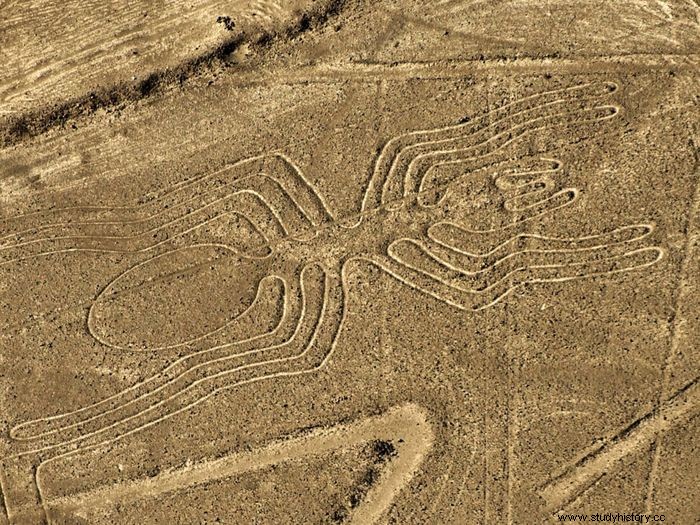
Nazca Lines
Found in the Peruvian Nazca Desert, these are some geoglyphs located on the coastal plateau. The Nazca lines include some geometric designs as well as some animal and bird structures. This site covers around 450 square kilometers. You can see them from the cliffs and as they fly over the desert.
The structures date back to 500 BC, the old Nazca people's regime. The Nazca lines are clearly visible over the years, although there is no credit to anyone for their discovery. However, the American historian Paul Kosok is the first researcher to study the Nazca lines properly.
A 299,000 year old skull
In the year 2020, studies and judgments on a skull were found 100 years earlier. An archaeological research team from Australia's Griffith University and London's Natural History Museum has done thorough research and found that the skull was approximately 299,000 XNUMX years old.
The skull was found in Zambia and was previously speculated to be 500,000 years old. Therefore, this must be one of the most important archaeological finds in recent times. Further studies on the skull are ongoing, and in the coming times we will have more information about human existence at a time we can not imagine.
Easter Island Moai
An 887 massive statues have been found on Easter Island in the Pacific Ocean. It is believed that statues are a tribute to the Rapa Nui people between 1250 and 1500 AD
The statues are popular as Moai, and they are one of the most impressive structures on the entire list. However, these statues were built with a lot of information. The Moai statues make the Chilean Polynesian island an attractive place to visit.
the conclusion
Archeology is an exciting topic in the world. It takes us back to when humans were far away from technology, but still able to build scientifically robust structures, build streets and cities and live a worldly life. Furthermore, archaeological finds leave us with a sense of wonder and mystery about past events and happenings. It is quite fascinating that a piece of ancient artifact or sculpture can contain and provide so much information. In addition, this is why these archeological finds and discoveries stand out from interesting places from a tourist perspective.
